A Guide to International Voltage and Plug Types
Choose the appropriate plug type for your requirements, ensuring your safety during the relocation process
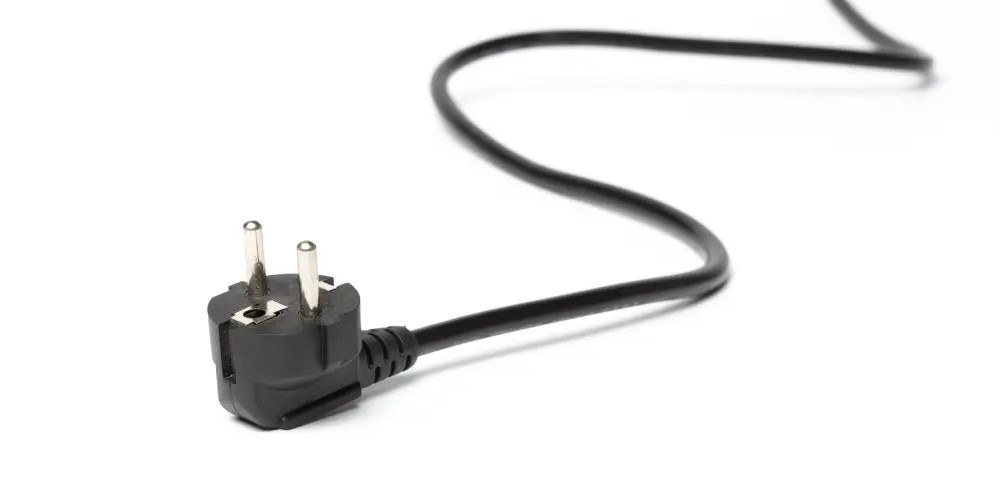
Choose the appropriate plug type for your requirements, ensuring your safety during the relocation process


At Grace, we believe that safety is paramount during the moving process. This includes using the appropriate voltage and power plug for the country you move to. However, with so many types of plugs all over the world, how can you know you’re choosing the right one?
Our detailed guide on electrical voltage and plug types offers all the necessary information to help you pick the right one for your destination country. Our will help you learn about the different kinds of plugs used in various countries like the United States, Japan, United Kingdom, Singapore, and Australia. By following this guide and choosing the right plug for the right country, you can be sure to use your electrical items safely and without potential hazards.

Australian plugs are designed to accommodate the world’s most powerful electrical system, boasting a voltage range of 220-240 volts and a frequency of 50 Hertz. These plugs are characterised by two flat pins that are slightly misaligned. In Australia, it’s common practice to use this kind of plug with an additional third pin for grounding purposes.
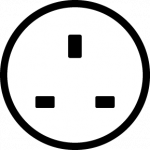
Plugs in the United Kingdom are designed to function at 230 volts and a frequency of 50 Hertz. This three-pin plug features two round pins and one rectangular pin. It also has a built-in fuse to protect the appliance form electrical overloads.
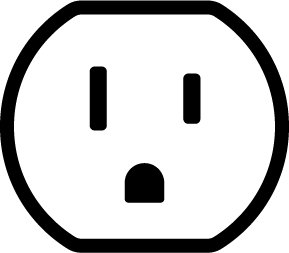
The typical electrical socket in the United States is designed for a voltage of 120 volts and a frequency of 60 Hertz. This plug showcases two parallel pins and one rounded pin, distinguishing it as the sole plug globally functioning at such a low voltage.

Japanese plugs are designed to function at a voltage of 100 volts and a frequency of either 50 or 60 Hertz. Unlike other plug types around the world, Japanese plugs are divided into two categories: Type A and Type B. Both types can be found in Japan; however, Type A plugs are more commonly used in residential areas, while Type B plugs are usually used in commercial areas.
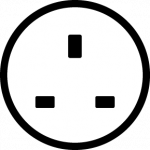
The standard electrical socket in Singapore is engineered to function at a voltage of 230 volts and a frequency of 50 Hertz. This plug showcases three rectangular pins, intricately arranged in the shape of a triangle. Additionally, these plugs also come with a built-in safety switch, providing protection against overloads for connected electrical appliances.
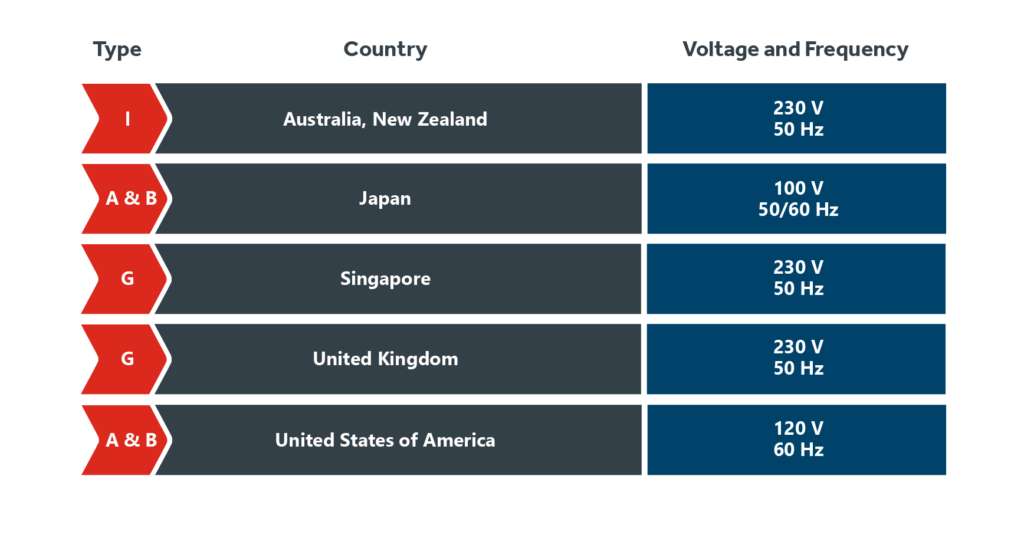
It is crucial to always verify the voltage and plug type before connecting any appliances. If you’re in doubt, don’t hesitate to reach out to a professional electrician. By being cautious and using the correct voltage and plug, you can make your move safe and stress-free. This simple habit not only ensures the longevity of your devices but also prevents any potential electrical mishaps.